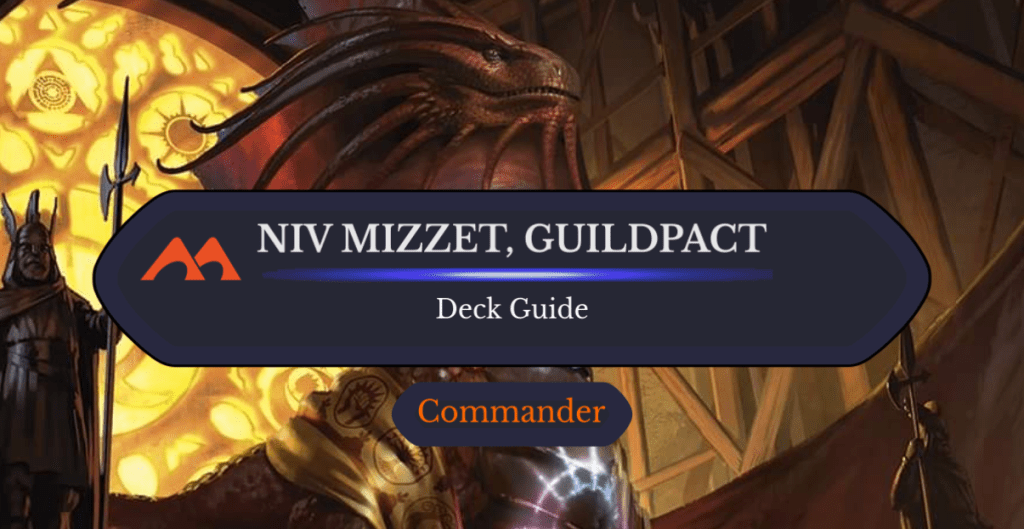
Niv-Mizzet, Guildpact | Illustration by Chris Rallis
Ever since Niv-Mizzet became the embodiment of Ravnica’s Guildpact during the story events of War of the Spark, we’ve seen a host of 5-color Nivs designed to helm guild-themed decks. Dubious story choices in making Niv-Mizzet the Living Guildpact aside, these dragons share several features.
All the 5-color Niv-Mizzets accumulate card advantage by looking for cards representing the guilds of Ravnica or cards that are exactly two colors. Niv-Mizzet Reborn draws cards in a similar way to Atraxa, Grand Unifier and Niv-Mizzet, Supreme looks to get graveyard-spellslinger value.
But the newest flavor of 5-color Niv takes it a step further, not just drawing cards but dealing damage as a potent win condition. Let’s explore a casual build of Niv-Mizzet, Guildpact!
The Deck
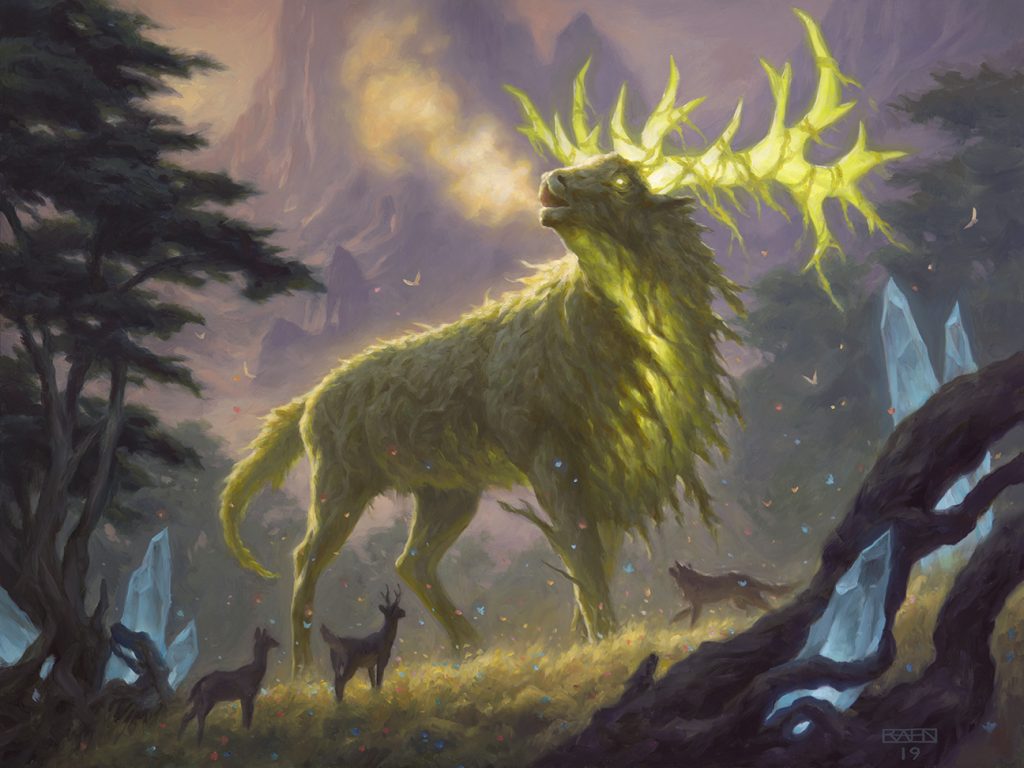
Jegantha, the Wellspring | Illustration by Chris Rahn
Commander (1)
Companion (1)
Planeswalkers (2)
Domri, Anarch of Bolas
Teferi, Time Raveler
Creatures (34)
Birds of Paradise
Deathrite Shaman
Delighted Halfling
Ignoble Hierarch
Noble Hierarch
Baleful Strix
Bloom Tender
Gold-Forged Thopteryx
Hajar, Loyal Bodyguard
Jenson Carthalion, Druid Exile
Lotho, Corrupt Shirriff
Pippin, Guard of the Citadel
Ruby, Daring Tracker
Faeburrow Elder
General Ferrous Rokiric
Kambal, Consul of Allocation
Loran of the Third Path
Reki, the History of Kamigawa
Sisay, Weatherlight Captain
Uro, Titan of Nature's Wrath
Anzrag, the Quake-Mole
Captain Sisay
Ertai Resurrected
Halana and Alena, Partners
Jhoira, Weatherlight Captain
Ratadrabik of Urborg
Yarus, Roar of the Old Gods
Jodah, the Unifier
Karlach, Fury of Avernus
Moira and Teshar
Niv-Mizzet Reborn
Otharri, Suns' Glory
Xenagos, God of Revels
The Sixth Doctor
Instants (7)
Path to Exile
Swords to Plowshares
Assassin's Trophy
Countersquall
Despark
Dovin's Veto
Cosmic Rebirth
Sorceries (12)
Nature's Lore
Night's Whisper
Three Visits
Ringsight
Circuitous Route
Skyshroud Claim
Tempt with Discovery
The Ring Goes South
Bring to Light
Explore the Underdark
Urza's Ruinous Blast
Yawgmoth's Vile Offering
Enchantments (3)
Guild Summit
Spelunking
Leyline Binding
Artifacts (4)
Expedition Map
Lightning Greaves
Navigation Orb
Relic of Legends
Lands (37)
Azorius Guildgate
Boros Guildgate
Boseiju, Who Endures
City of Brass
Command Tower
Dimir Guildgate
Echoing Deeps
Exotic Orchard
Field of the Dead
Flooded Strand
Forest
Golgari Guildgate
Gruul Guildgate
Indatha Triome
Island
Izzet Guildgate
Jetmir's Garden
Ketria Triome
Mana Confluence
Marsh Flats
Maze's End
Misty Rainforest
Mountain
Orzhov Guildgate
Otawara, Soaring City
Plains
Rakdos Guildgate
Reflecting Pool
Selesnya Guildgate
Simic Guildgate
Spara's Headquarters
Swamp
Verdant Catacombs
Windswept Heath
Wooded Foothills
Zagoth Triome
Ziatora's Proving Ground
As our commander demands, the deck focuses on playing tons of creatures that are exactly 2 colors. Well, technically Niv-Mizzet, Guildpact only requires permanents, but the deck actively focuses on creatures for a strong win condition.
There’s nothing too flashy in this list. We’re a midrange deck with a solid late game looking to deploy an army of powerful creatures to gum up the board and attack with. The list primarily focuses on generic value with a couple of subthemes to spice things up.
First and most prominently, we’re a legends-matter deck in addition to two-color-matters. There’s plenty of overlap between “good 2-color creatures” and “legendary creatures,” especially with the focus on Commander in recent years. That theme lets us leverage powerful cards like Captain Sisay, Jodah, the Unifier, and Relic of Legends for additional value.
We also have a strong gates theme, with the 10 Guildgates in the mana base and Maze's End as an alternate win condition. This is flavorful while keeping the mana base in line with the deck’s casual orientation but does a lot to wrangle our color-intensive mana base together.
Finally, we have a companion in Jegantha, the Wellspring. Companions are busted, and Jegantha works well with commanders that cost . The companion choice runs a little deeper, however. Constraining the number of mana symbols helps the deck’s consistency; we never need to worry about crazy costs like getting stranded in hand. Plus, Jegantha ensures we always have one 2-color creature at the ready.
The Commander

Niv-Mizzet, Guildpact’s what the previous iterations of Niv-Mizzet’s 5-color cards would lead us to expect: A powerful card advantage engine requiring a critical mass of diverse 2-color cards to function. What sets this version apart is its ability to deal damage to any target.
While Niv-Mizzet Reborn and Niv-Mizzet, Supreme drew plenty of cards, the damage clause on Guildpact makes it a much more convincing win condition than the other variants. Dealing 4 or 5 extra damage per attack or killing threats on top of drawing a burst of cards is a ton of value. It also gains life for some reason, which helps tight games.
Needing to deal combat damage is a much higher ask than ETBing or casting spells from the graveyard, but I think the additional damage is well worth the effort. There’s some critique of this being yet another commander that uses a novella’s worth of text to build a value soup commander… but Niv-Mizzet is also neat, and I like multicolor cards.
Legendary Support Cards
These cards are why we’ve included as many legendary creatures as we could. Legends already tend to have powerful abilities; amplifying them further with support pieces gives us a dominant late game.
To find the scariest pieces of the deck, we have Captain Sisay and Sisay, Weatherlight Captain. These fearsome iterations of the classic character provide plenty of potent tutors with Weatherlight Captain becoming a highly efficient threat as a 3-mana 7/7.
Look, more 5-color value soup! Jodah, the Unifier is among the most powerful legendary creature payoffs in the format. This card single-handedly takes over games. It’s a bit tamer in the 99 than the command zone though you’ll still cast plenty of extra spells when you draw it.
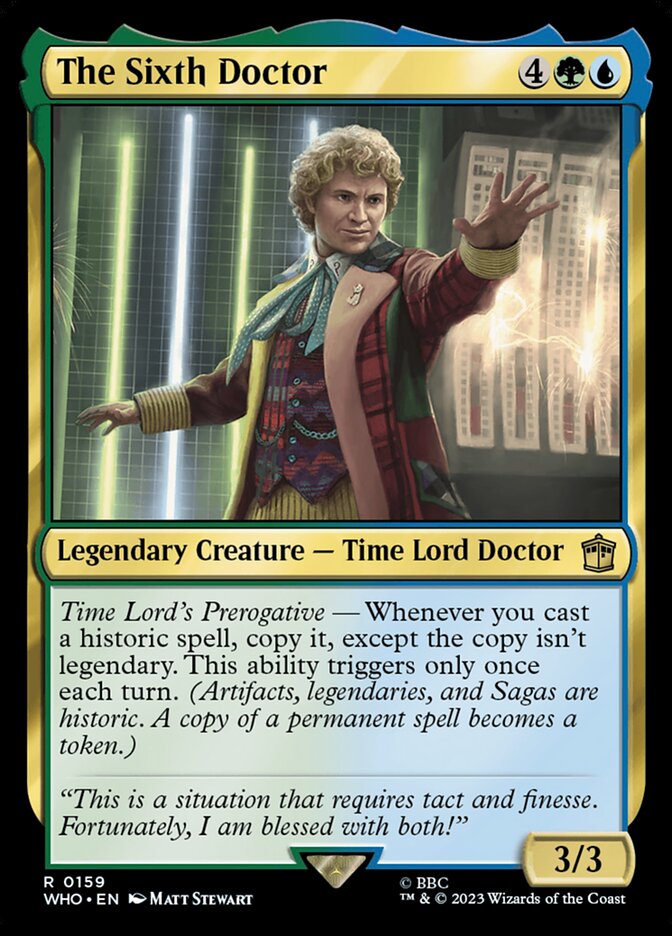
The Sixth Doctor similarly takes over games. We don’t have many historic permanents except our creatures, but those are plenty! Imagine smacking your opponents with two copies of Niv-Mizzet, Guildpact, or getting twice the buffs from Jodah.
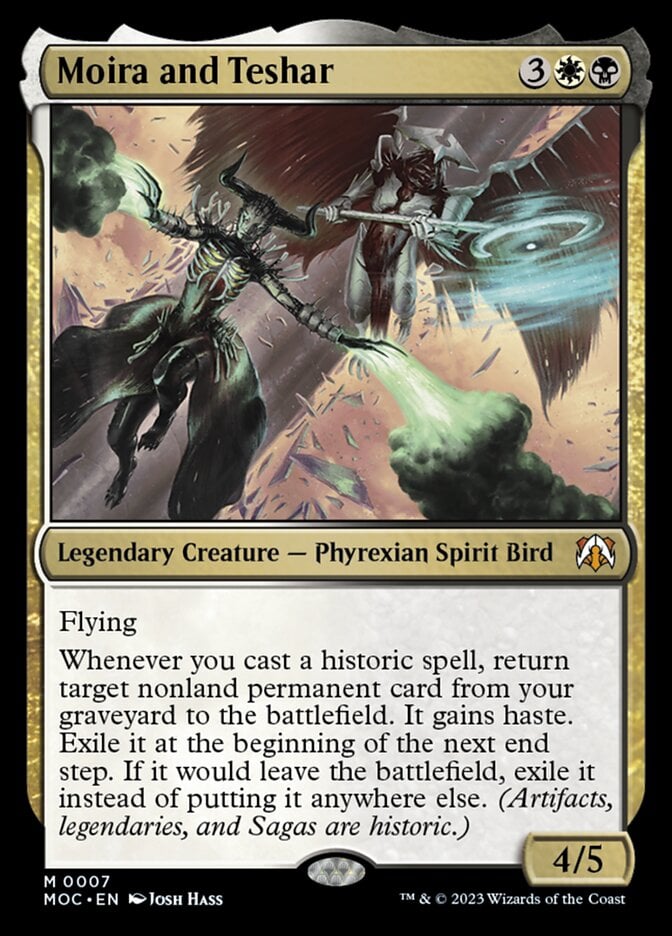
Moira and Teshar provides a reasonable late-game threat. This primarily helps us rebuild post-board wipe with extra value from our other cards. We lose them at the end of combat, but that’s typically better than letting the destroyed cards waste away in the graveyard.
Jhoira, Weatherlight Captain, and Reki, the History of Kamigawa keep the cards flowing even when Niv-Mizzet, Guildpact is busy with their political duties.
Building boards of creatures always leaves you vulnerable to interaction, so we have a few protective spells. Gold-Forged Thopteryx discourages spot removal while Hajar, Loyal Bodyguard and Ratadrabik of Urborg provide varying levels of protection against wraths. Pippin, Guard of the Citadel provides protection for defensive and offensive plays. Finally, Domri, Anarch of Bolas and Teferi, Time Raveler made the list primarily to protect our creatures from counterspells.
5-Color Support
We don’t have as many payoffs for being in five colors as for running loads of legends, but these cards benefit from being in all colors.
Our mana base includes all the green Triomes and associated cards, so we have plenty of land types to make Leyline Binding one of the strongest removal spells in the game, just like it is in Modern.
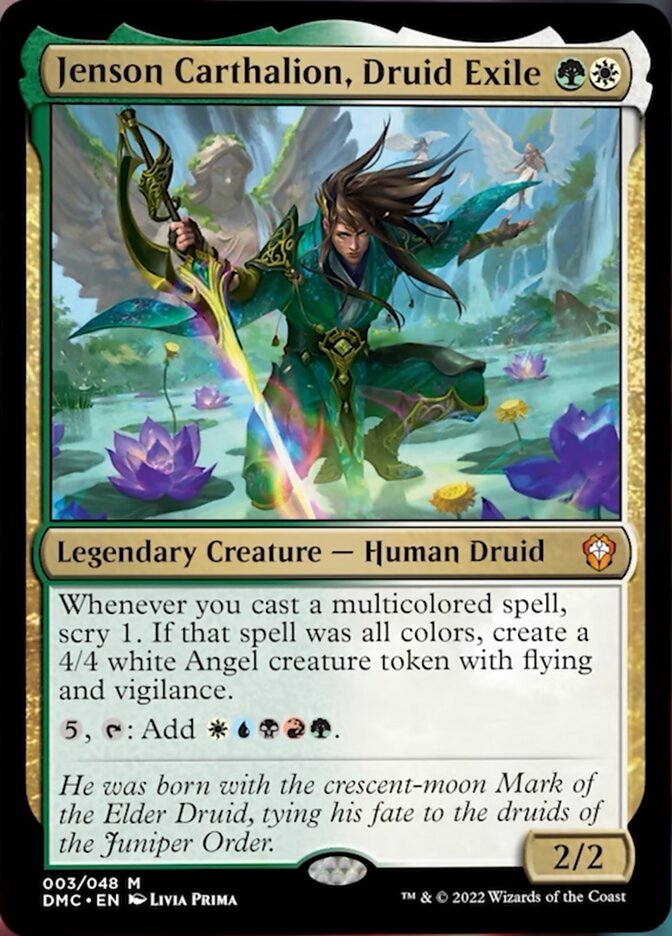
Jenson Carthalion, Druid Exile provides a steady source of scrying to improve our draws alongside the occasional Angel token. More importantly, they can fix our mana to ensure we play Niv-Mizzet, Guildpact the turn we hit 5 mana.
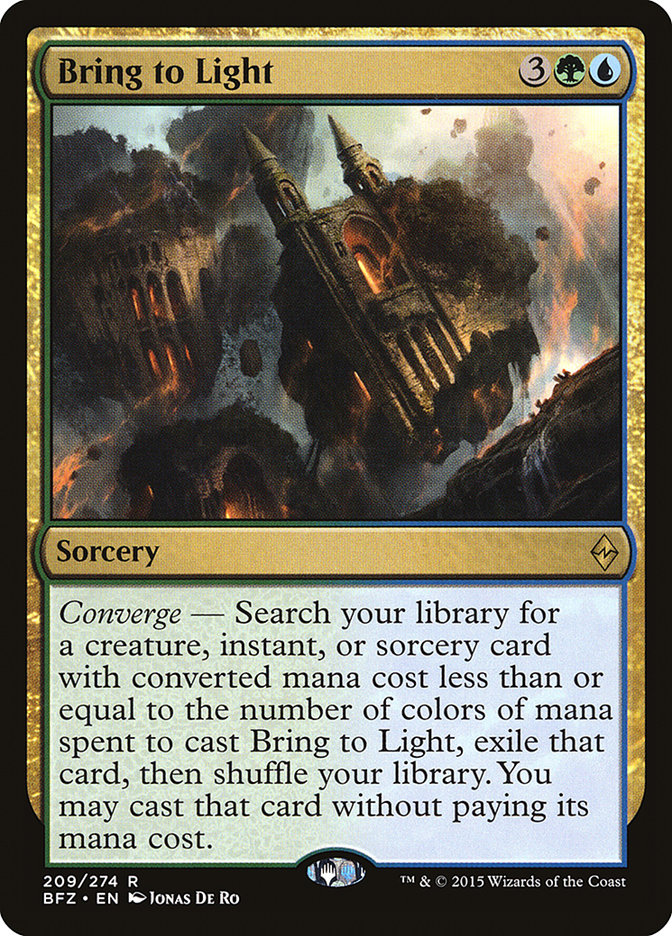
Would it be a 5-color deck without Bring to Light? Easily the most powerful converge card from Battle for Zendikar, this sorcery excels in this deck as it can cast all but two cards: The Sixth Doctor and Leyline Binding. The rest you can choose from as you like.
Guild Summit and General Ferrous Rokiric don’t exactly fit the definition of “5-color support,” but this is the best spot for them. Guild Summit’s incredible card draw potential is only possible because we get to run 10 Guildgates, and the General is among the best multi-color payoffs in the format, making both 3-drops essential playables.
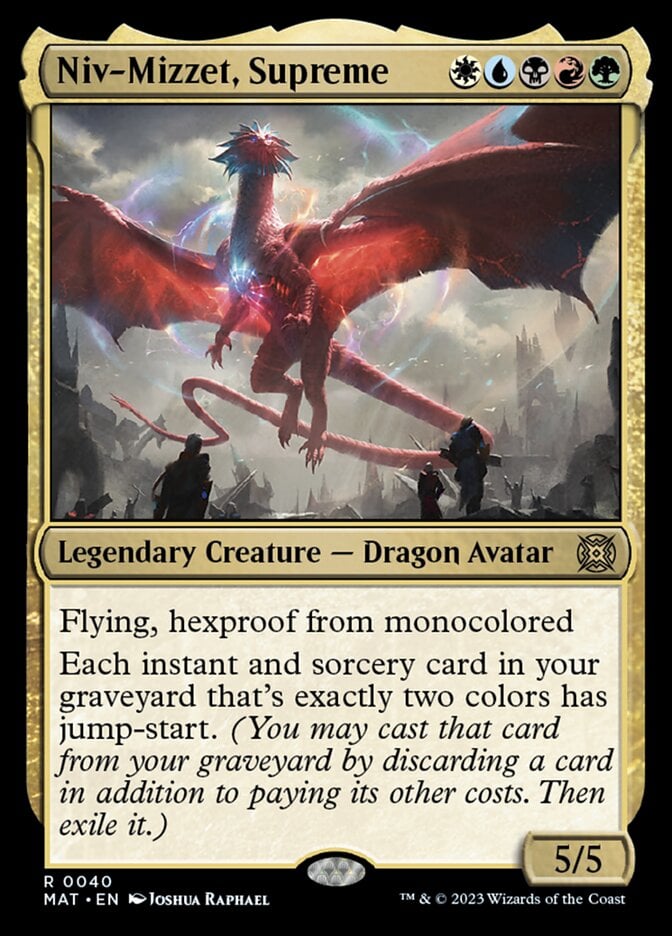
While Niv-Mizzet, Supreme didn’t make the cut as this deck focuses too strongly on creatures, we are playing Niv-Mizzet Reborn. It’s basically Atraxa, Grand Unifier, but more flavorful and less compleat.
Good Stuff
It’s not a true 5-color pile without some good stuff and staples! This section includes an assortment of powerful legendary creatures plus our staples—which we have plenty of options for as we can draw on all five colors in Magic.
Halana and Alena, Partners, Xenagos, God of Revels, and Yarus, Roar of the Old Gods all share the same purpose: Giving Niv-Mizzet, Guildpact the ability to attack the turn it comes into play. Yarus is the weakest of the trio; most of the text is irrelevant in this deck, but having a legendary Mass Hysteria does a surprising amount of work to close games.
Any commander that benefits from combat damage loves extra combats. Anzrag, the Quake-Mole and Karlach, Fury of Avernus provide us with plenty of chances to connect with our commander multiple times a turn.

Lotho, Corrupt Shirriff has proven to be a solid Commander staple from Tales of Middle-earth, often providing players with a steady stream of Treasure. While the ramp is pleasant, that free mana fixing helps us tremendously.
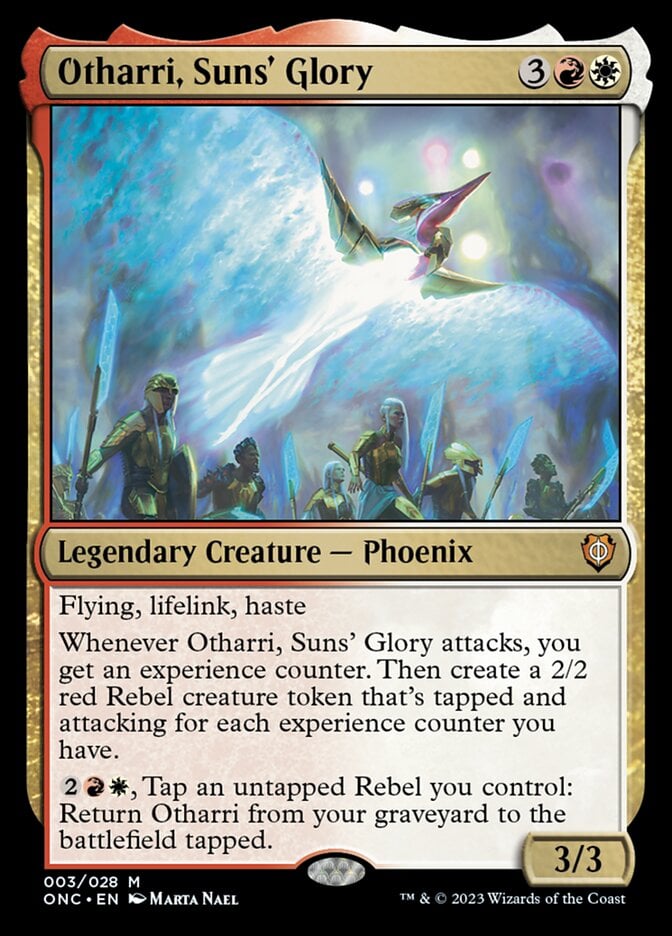
Otharri, Suns' Glory provides tons of board pressure as a relatively sticky threat spot removal can’t deal with. It also benefits from Niv-Mizzet’s extra combat support.
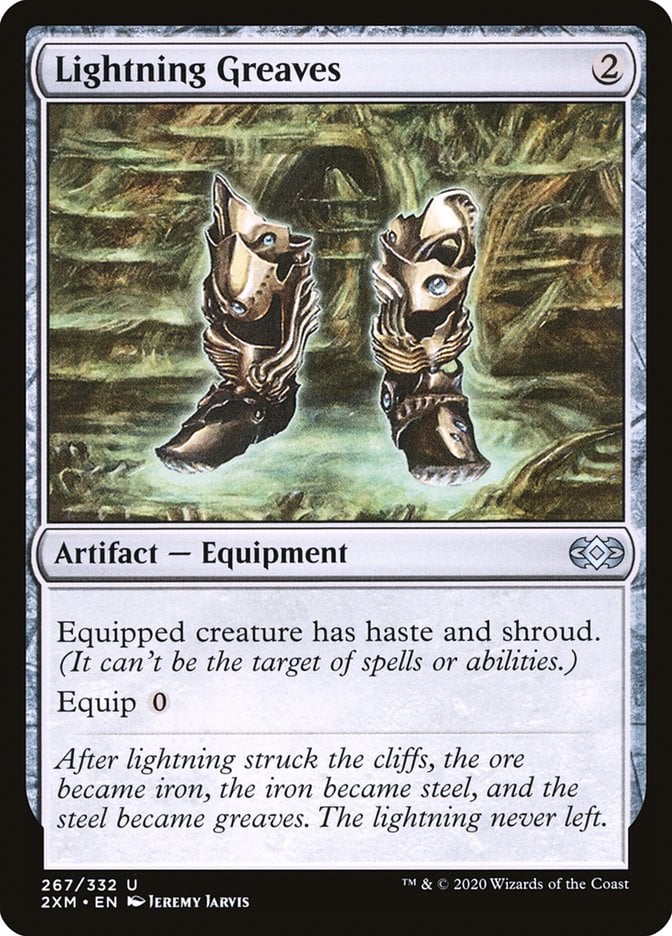
I don’t love Lightning Greaves in every EDH deck, but it’s perfect here. Our commander is threatening enough to attract lots of removal and wants to attack quickly and frequently; it's the perfect situation for Greaves.
This list has a couple of solid removal spells. We have Swords to Plowshares and Path to Exile as some of the strongest interactive spells in the game. Ertai Resurrected provides flexibility and thematic relevance in one card, much like Urza's Ruinous Blast and Yawgmoth's Vile Offering. We mostly tap out, so we don’t have tons of countermagic, but Dovin's Veto and Countersquall still slipped in. I find Despark stronger the more casual the expected power level is, so I’m happy to include it.
The Mana Base
While I’m normally very, very high on including spell-lands in my mana bases like the channel lands from Neon Dynasty or Zendikar Rising’s MDFC lands, running too many single-colored lands risks destabilizing the mana base. Boseiju, Who Endures and Otawara, Soaring City still slipped in because they’re among the best of these lands, but that’s all that fit, especially since several of our other utility lands tap for colorless mana.
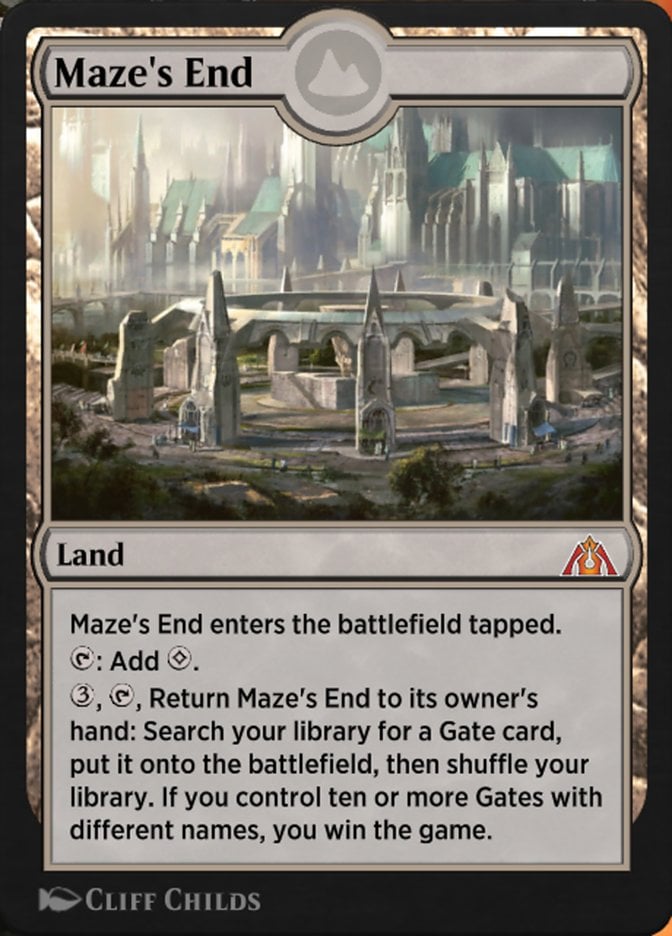
First and foremost is Maze's End, providing our primary payoff for running all 10 Guildgates. This alternate win condition is the height of casual, flavorful fun: What could be more thematic than bringing your opponents to ruin by completing the Maze and claiming the power of the Guildpact for Niv-Mizzet?
Field of the Dead is just really, really amazing in a deck without duplicate lands and some of the ramp spells that put multiple lands into play at once. The best way to maximize Field of the Dead and set up Maze's End is with Tempt with Discovery and The Ring Goes South; the latter dumps tons of lands into play late in the game.
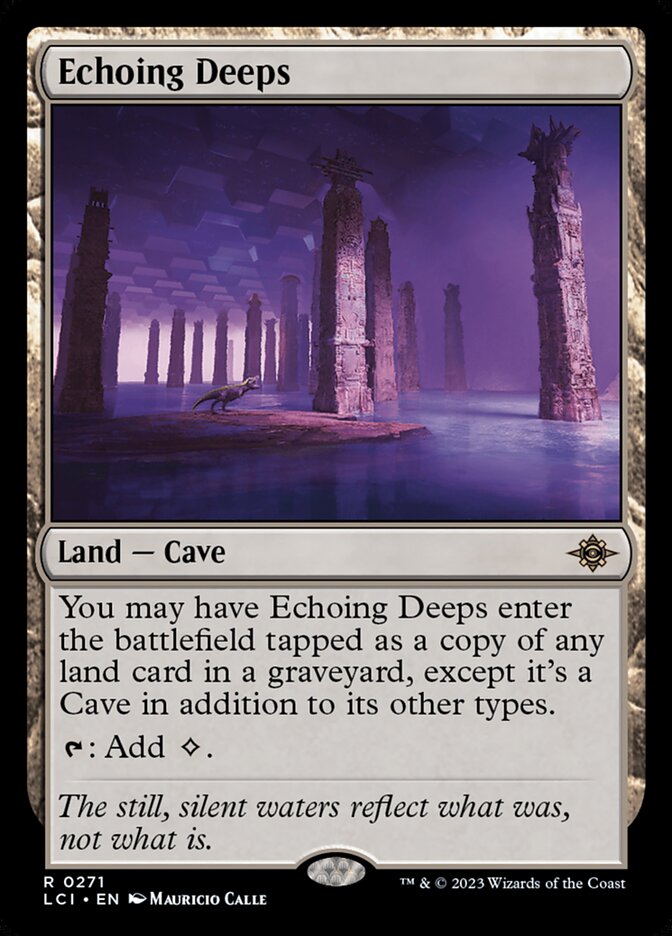
Echoing Deeps can copy our fetch lands, but its primary role in the deck is to act as a backup if Maze's End eats a Field of Ruin or something; it can also copy a milled Guildgate and so on.
Our fixing includes several fetch lands and a few 5-color lands like Command Tower, City of Brass, and Mana Confluence. The strength of the fixing, however, lies in the Gates and the Triomes.
Some of the most potent gate support cards in our deck are Circuitous Route, Navigation Orb, and Explore the Underdark. Most ramp spells find basic lands; fetching dual lands makes our mana far more consistent. Getting two lands for one spell also provides a huge jump in mana.
We’re running all the green-X Triomes for similar strategic value; ramp spells like Nature's Lore, Three Visits, and Skyshroud Claim search up Forest cards, not basic Forests. Combining Triomes, gates, and these ramp spells allows us to generate huge bursts of mana and cast our spells with incredible consistency.
The final odds and ends of the mana base include some mana dorks like Birds of Paradise and the two Heirarchs, plus 5-color staples Bloom Tender and Faeburrow Elder. Spelunking makes an appearance to help ramp and mitigate our slow mana base.
The Strategy
This deck takes time to get rolling, as one would expect from a deck whose mana base is primarily composed of tap lands. The trade-off is an exceptional mid to late game where all our big legends get to shine. Niv-Mizzet, Guildpact dominates games when it goes unanswered, as do several of our legendary payoffs like The Sixth Doctor and Jodah, the Unifier.
The most important thing to do in the early turns is ramp. Our ramp spells double as fixing and help offset our slow mana base; playing a tapped land doesn’t feel nearly as bad after putting two extra gates into play.
Our robust ramp suite doubling as fixing lets us be a bit greedier than you’d expect with lands in our opening hand. Green mana is most important in the early game; you can often get away with keeping a hand with just two colors of mana if you can cast a ramp spell that finds gates or Triomes. Any hand lacking green mana becomes quite suspect as about 50% of our deck requires green mana.
Once we have all the mana we could dream of, we want to deploy our creatures and Niv-Mizzet, Guildpact. It’s often worth sandbagging the commander to wait for Xenagos, God of Revels, or one of our protective measures to come online; this kind of commander attracts lots of removal. So long as you sequence the early turns correctly and hit good mana, the rest of the game is smooth sailing.
One angle to consider while playing is Voltron lines. This is by no means a Voltron deck, but our commander hits hard, and Xenagos and Jodah often buff Niv-Mizzet enough to deal lethal commander damage with two of three swings; Xenagos and Jodah together can easily buff them to 21+ power in one combat.
Combos and Interactions
We have no combos outside Maze's End, but I want to highlight one interaction and discuss how to use our two Sisays before moving on. First, the interaction:
Xenagos, God of Revels + Halana and Alena, Partners
These are quite similar cards that work well in concert. They trigger at the same time and it’s important to consider how you want to resolve the triggers. Your first option is to target two different creatures, but I think that’s lackluster compared to these options:
Option A: Put Halana and Alena’s trigger on the stack first, targeting a creature of your choice, then put Xenagos’s trigger on the stack targeting H&A. This will double H&A’s power and the number of +1/+1 counters the third creature receives.
Option B: You can target one creature with both abilities. When you do, stack the triggers so that H&A’s resolves first, adding at least 4 additional power when all is said and done. There may be times when you want to spread these out to give multiple creatures haste, but I tend to get the most value from one of these options.
Captain Sisay and Sisay, Weatherlight Captain provide us with potent tutors. I just wanted to give a quick cheat sheet to make tutoring easier since these two cards tutor for most of our deck.
If you need to interact with your opponents, your best bets are:
Note that Sisay, Weatherlight Captain can’t find the two legendary sorceries since it needs to find permanents.
When you suspect an oncoming wrath, you have two great options:
If you’re more interested in protecting yourself against countermagic or spot removal, your options include:
Teferi, Time Raveler and Kambal, Consul of Allocation are both silver bullets to find against certain strategies, like spellslinger or cast-from-exile.
If you’re looking for the most general value without a specific goal in mind, you’d be happy playing the following cards in every game:
- Lotho, Corrupt Shirriff
- Jodah, the Unifier
- The Sixth Doctor
- Niv-Mizzet Reborn
- Karlach, Fury of Avernus
Rule 0 Violations Check
This deck should be above the belt for most casual Rule 0s, but three cards stand out as potential problems.
First up, Maze's End. Some players' definition of casual EDH includes combat damage as the only win condition, in which case you can just… not activate this card (it’s not the most consistent win condition anyway).
Teferi, Time Raveler can be a pretty imposing stax piece against some decks; Destiny Spinner could be an alternative way to defend against countermagic.
Finally, Jodah, the Unifier is a card I’ve seen players dislike in casual pods because of its raw power. Turning every legendary spell you cast into a 2-for-1 while providing a massive anthem can feel stifling; a good sub could be Jared Carthalion.
Budget Options
Almost all of the budget is in the lands. Cutting the Triomes and fetches will impair your mana but make the deck much more affordable. Be sure to substitute lands with Forest+ types like Canopy Vista or Hedge Maze so our ramp package remains consistent.
Not only is Destiny Spinner a more casual-friendly alternative to Teferi, Time Raveler, it’s a great budget substitute for the card.
Captain Sisay provides a constant source of card advantage, but Beast Whisperer can fill the role of a frequent cantripper or Time of Need can do for another tutor.
Bloom Tender is among the best mana dorks for multicolor decks and boasts a price to match its prestige. Any 2-mana dork works here; I’d suggested Sylvan Caryatid, but Armored Scrapgorger is an even more budget-friendly option.
Karlach, Fury of Avernus and Anzrag, the Quake-Mole are here to provide lots of extra combats, but you can find cheaper alternatives with an Aggravated Assault or Relentless Assault.
Delighted Halfling and Noble Hierarch are two other expensive mana dorks; these can also get replaced with 1- or 2-mana options. Just make sure they tap for all colors of mana; this deck can’t support Llanowar Elves.
You can run about a billion Oblivion Ring variants over Leyline Binding; the OG is a great option to maintain the universality of Binding, but Journey to Nowhere works if you only care about interacting with creatures.
Other Builds
Niv-Mizzet, Guildpact is restrictive in needing a bunch of 2-color permanents to be an actual card. That doesn’t mean you need to build like this; the best way to spice things up would be to pick different permanents to play around with.
This is a creature-based deck, but it would only take a few tweaks to make it a devastating superfriends list. Teferi, Hero of Dominaria, Minsc & Boo, Timeless Heroes, and Comet, Stellar Pup are just a few of the powerful planeswalkers you could add. Reducing your reliance on creatures also opens the path to playing a bundle of wraths such as Supreme Verdict and Farewell.
You could even go for an enchantress build! Sythis, Harvest's Hand and Sterling Grove are just a few of the payoffs and cards like the Theros gods, Bounty of the Luxa, and Ethereal Absolution provide more than enough power to win casual games.
Commanding Conclusion
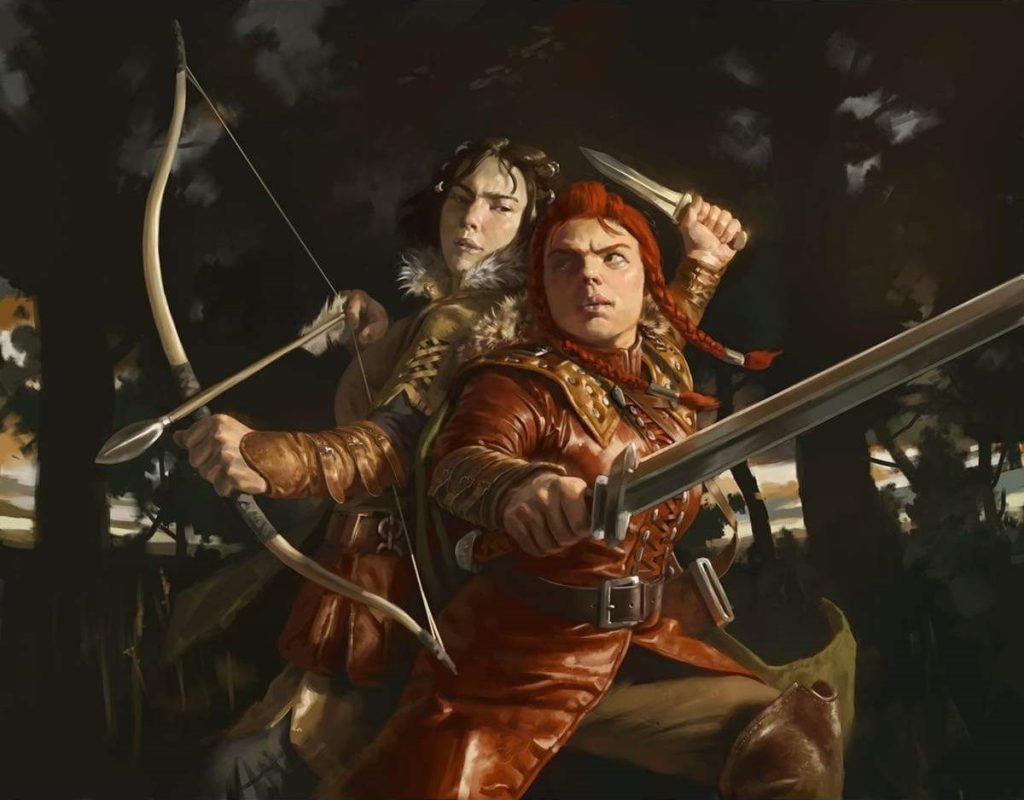
Halana and Alena, Partners | Illustration by Jason Rainville
Does Commander need another 5-color soup commander that encourages playing the best cards and rewards you with enough card advantage and damage to win single-handedly? Not really. Does that mean you can’t do interesting things with Niv-Mizzet, Guildpact? Not at all! This casual list focuses on assembling a team of legendary creatures to win the game, but you could go much deeper.
What’s your favorite Niv-Mizzet card? Do you enjoy 5-color commanders? Let me know in the comments or on the Draftsim Discord!
Stay safe and keep colorful!
Follow Draftsim for awesome articles and set updates:
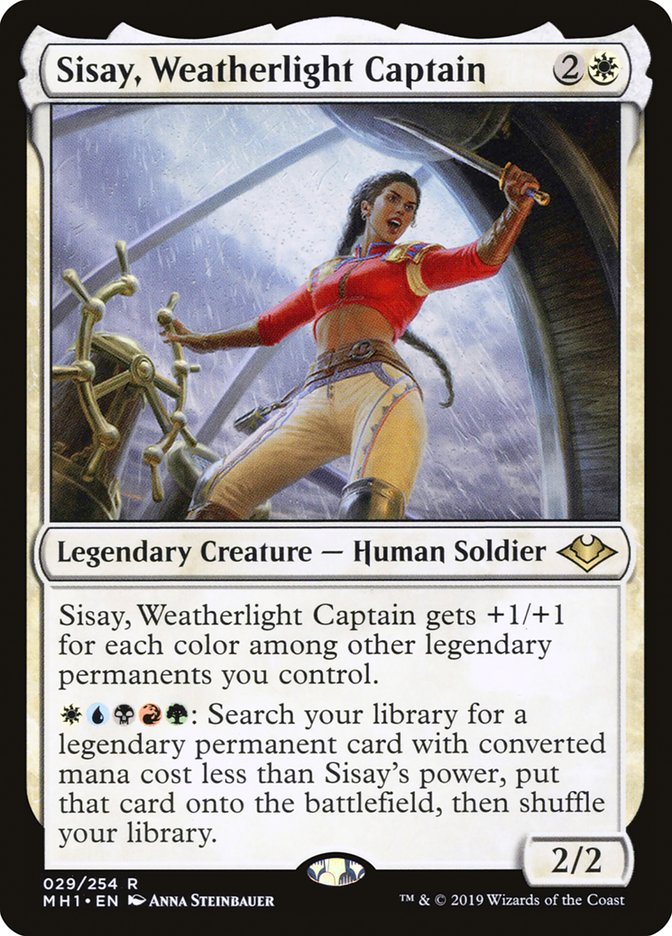
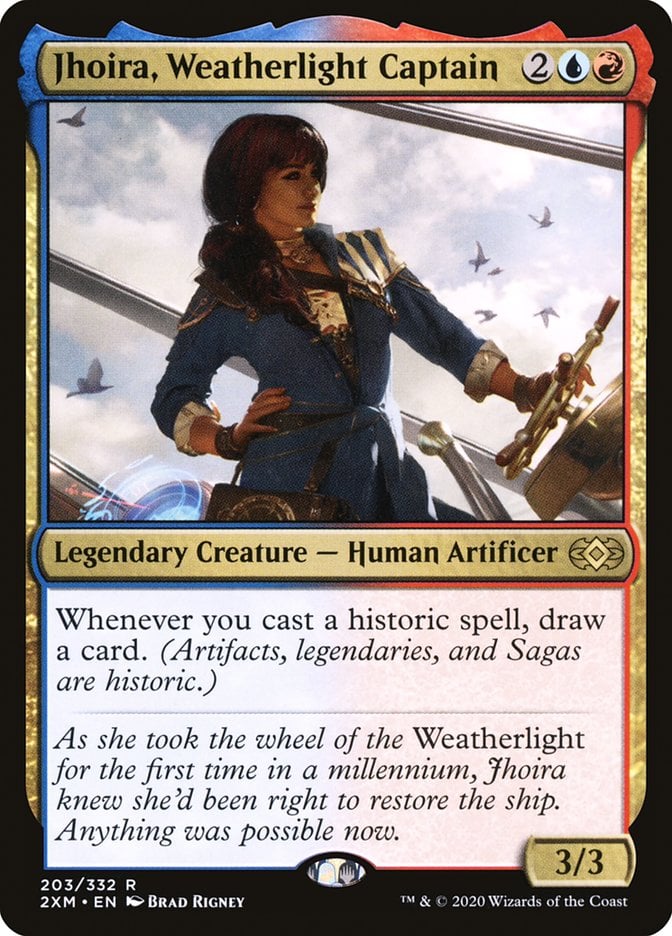



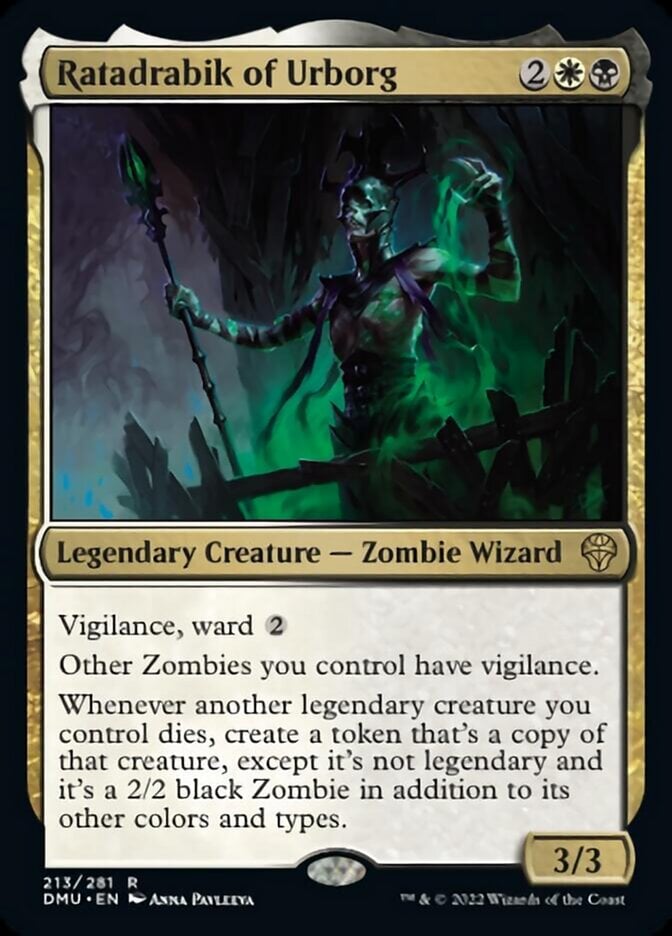
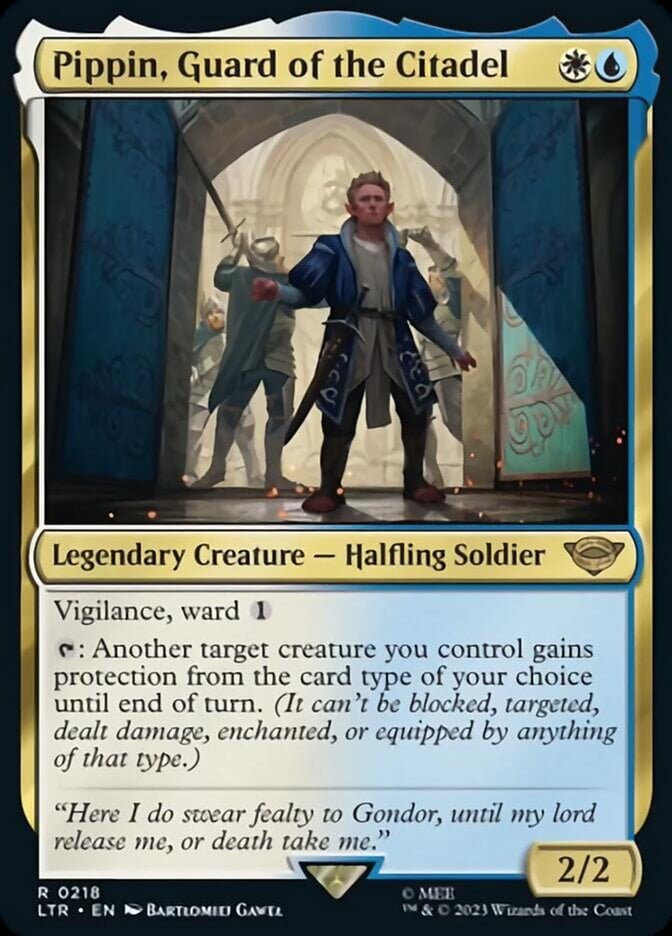

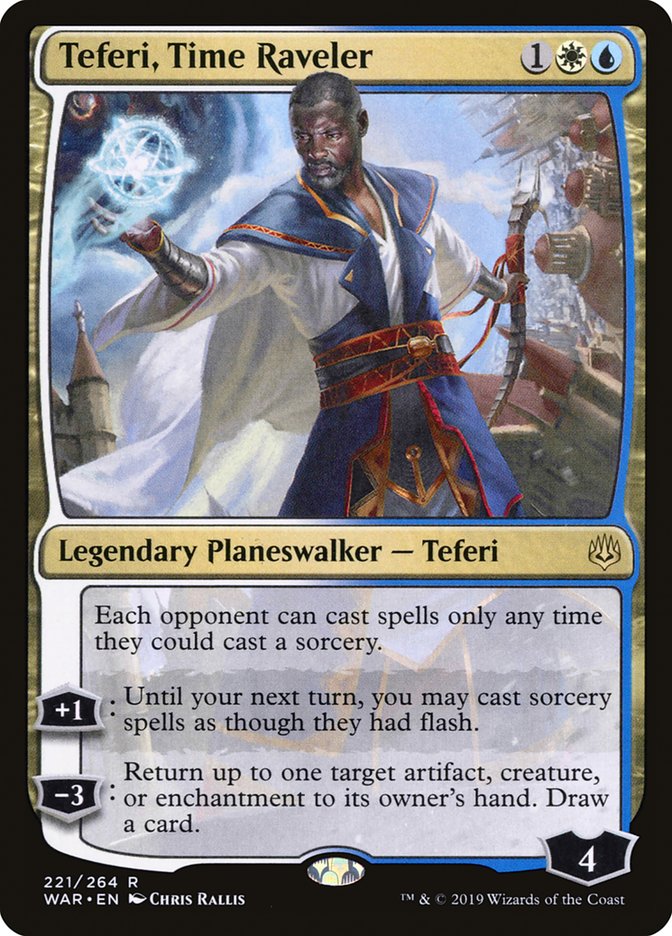
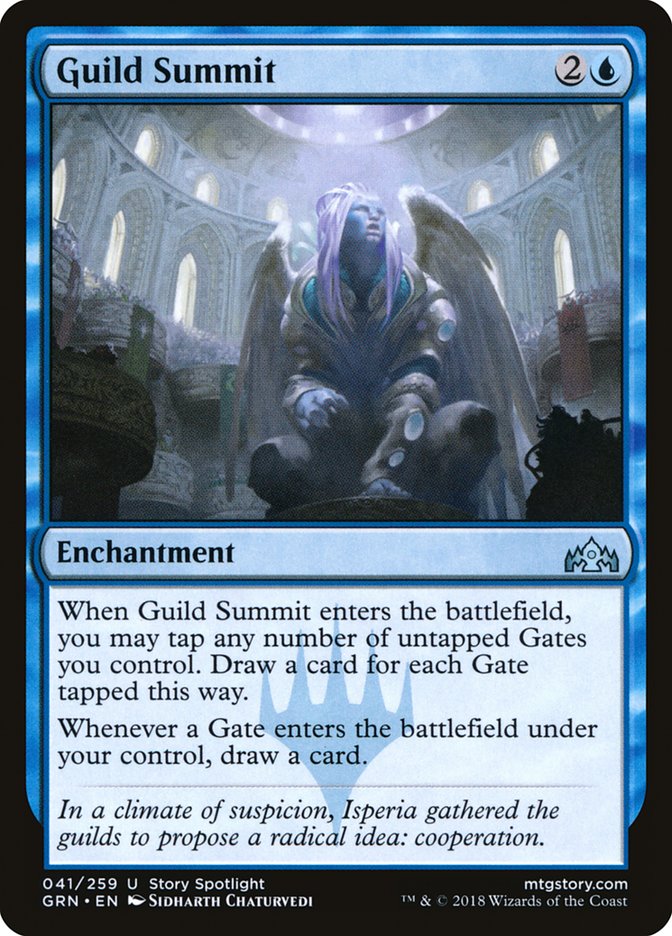
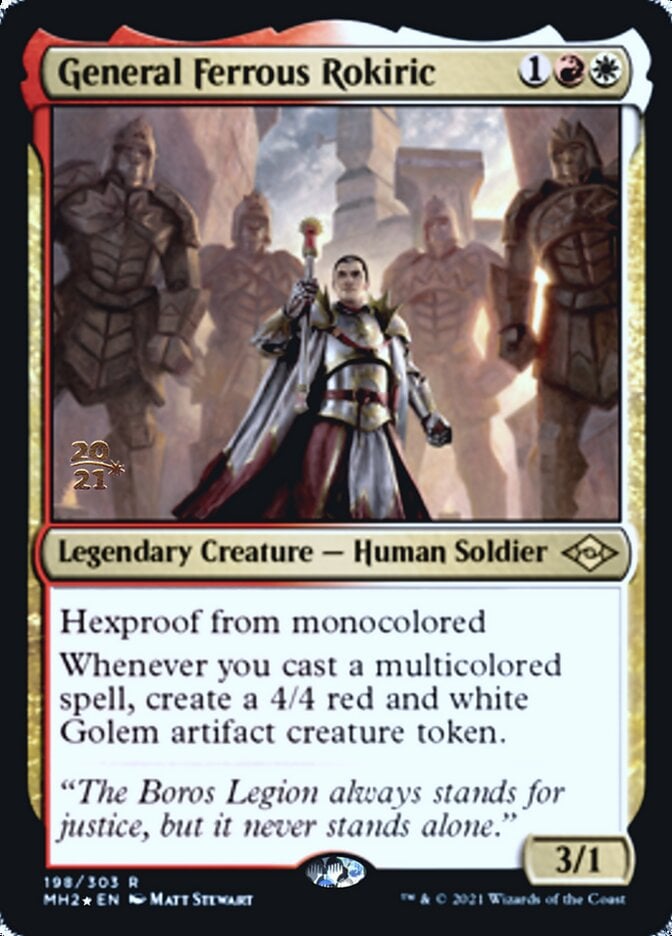
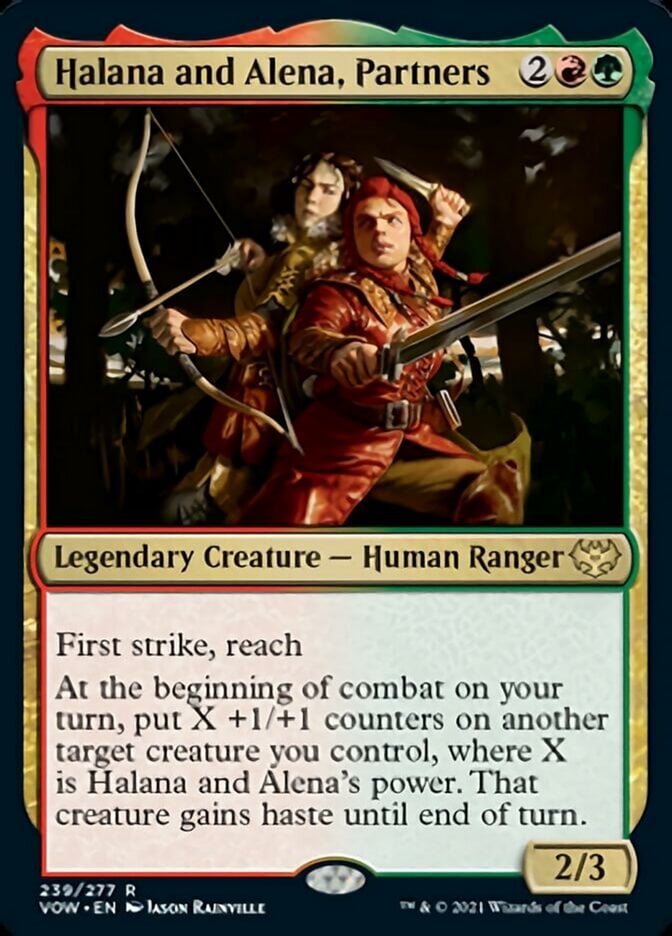
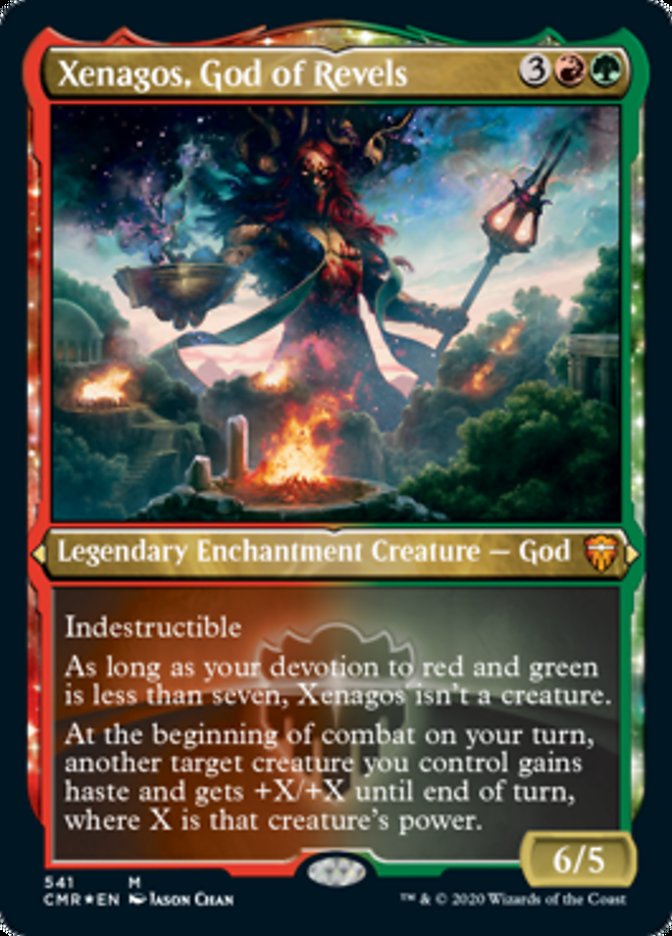
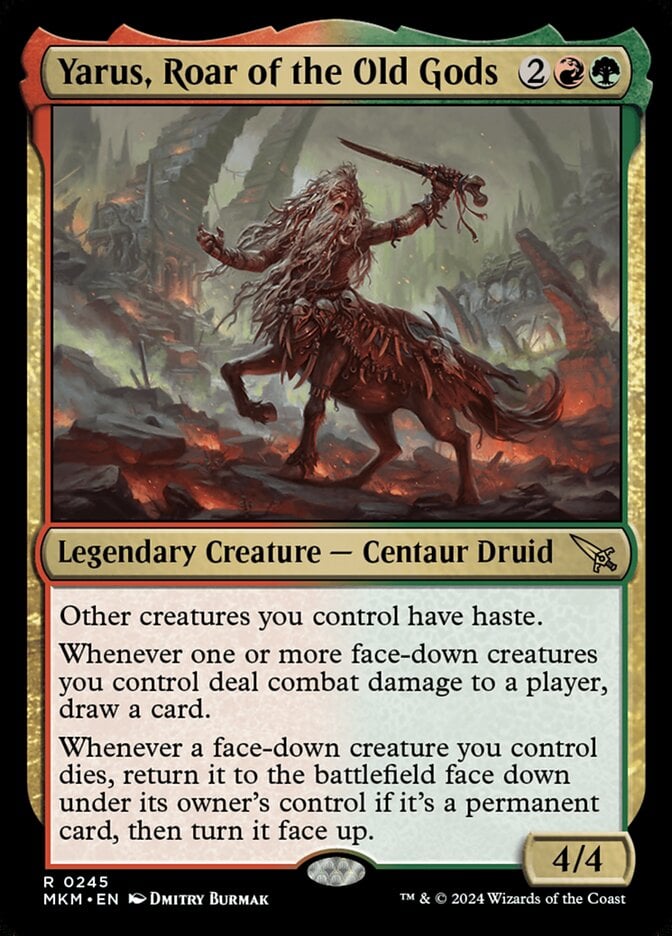
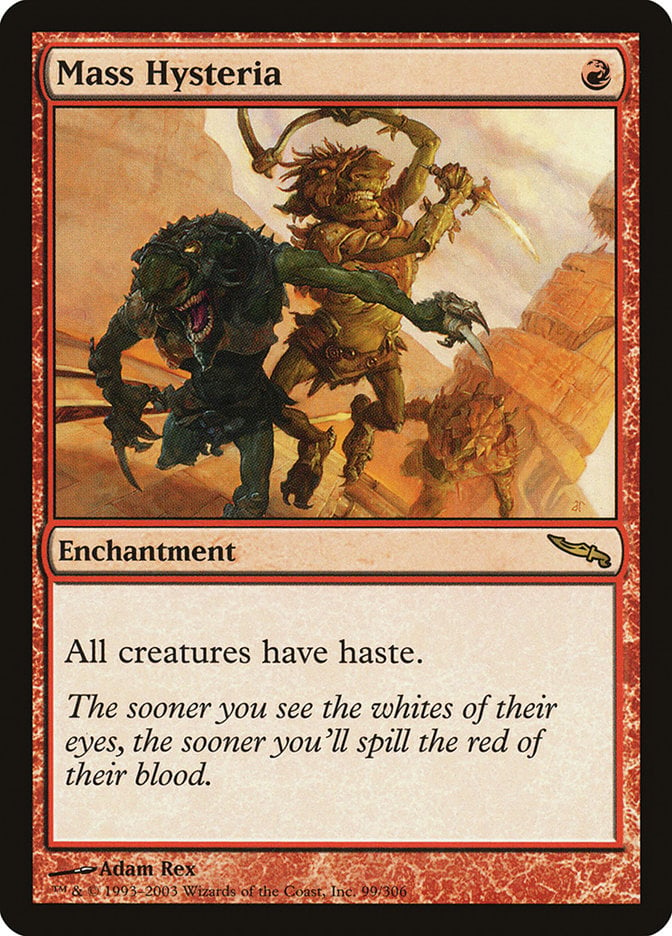
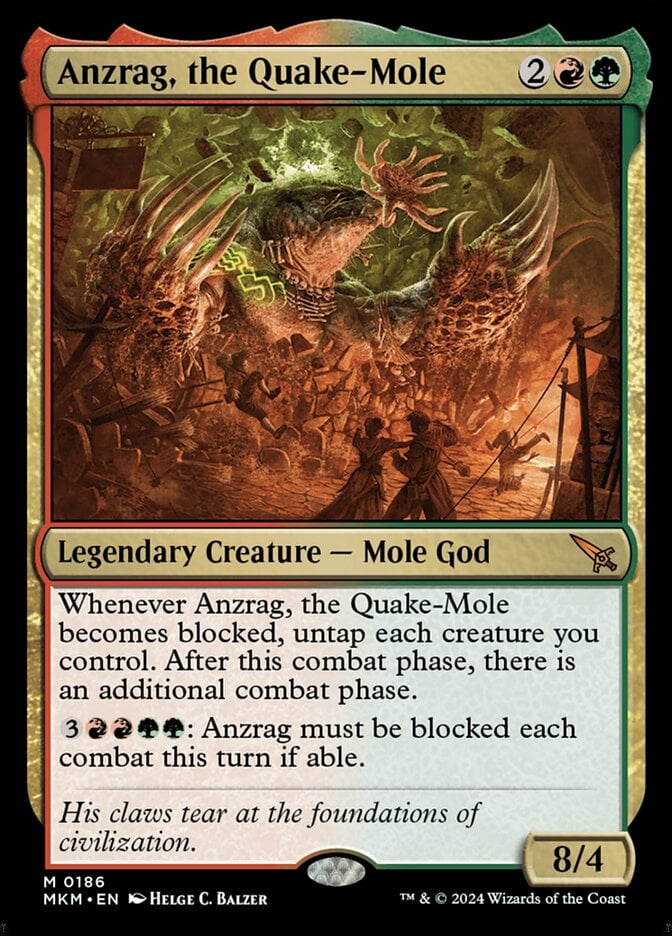
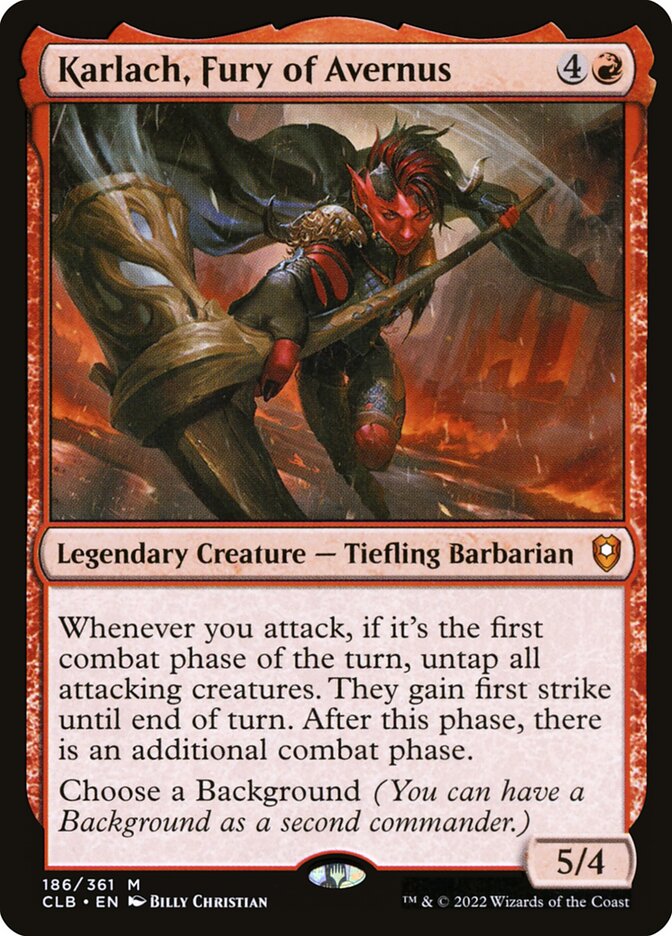
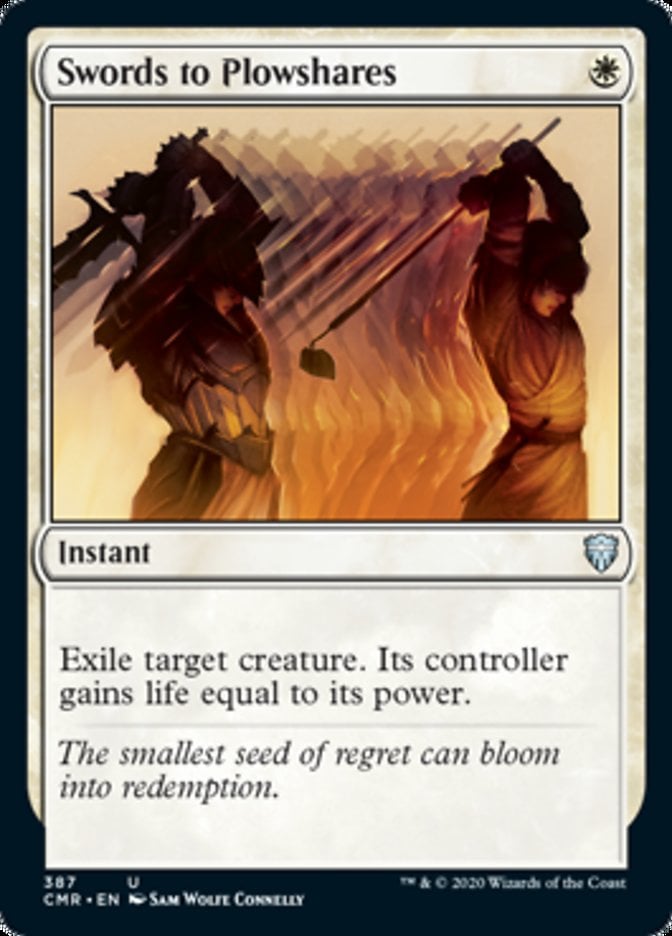


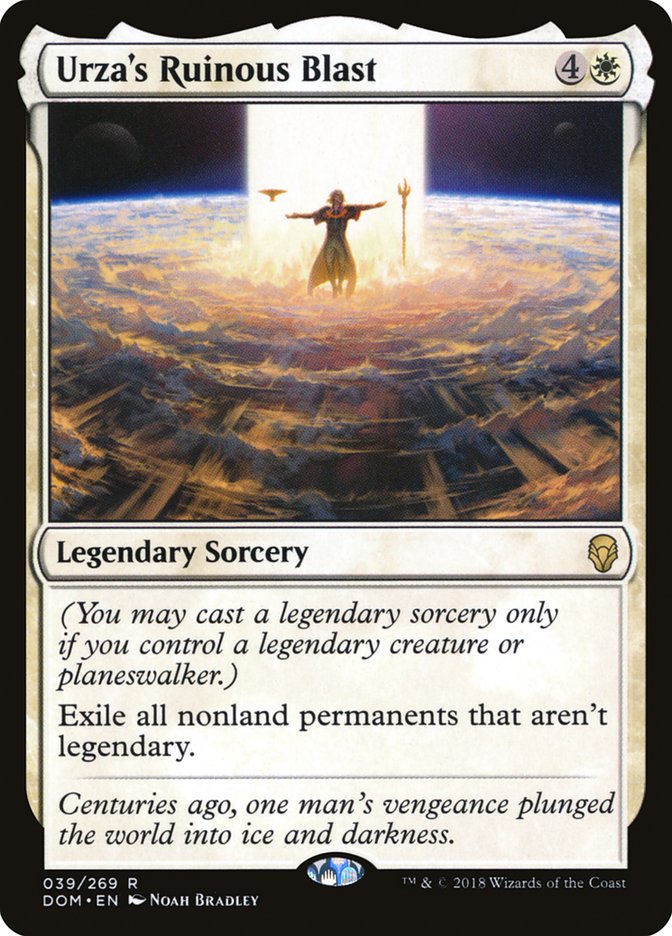

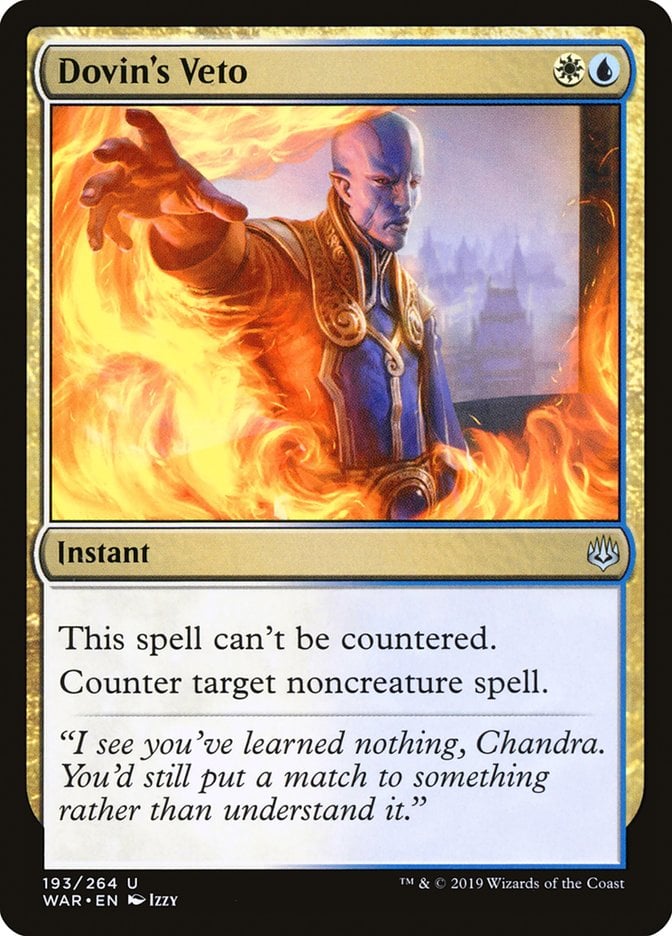
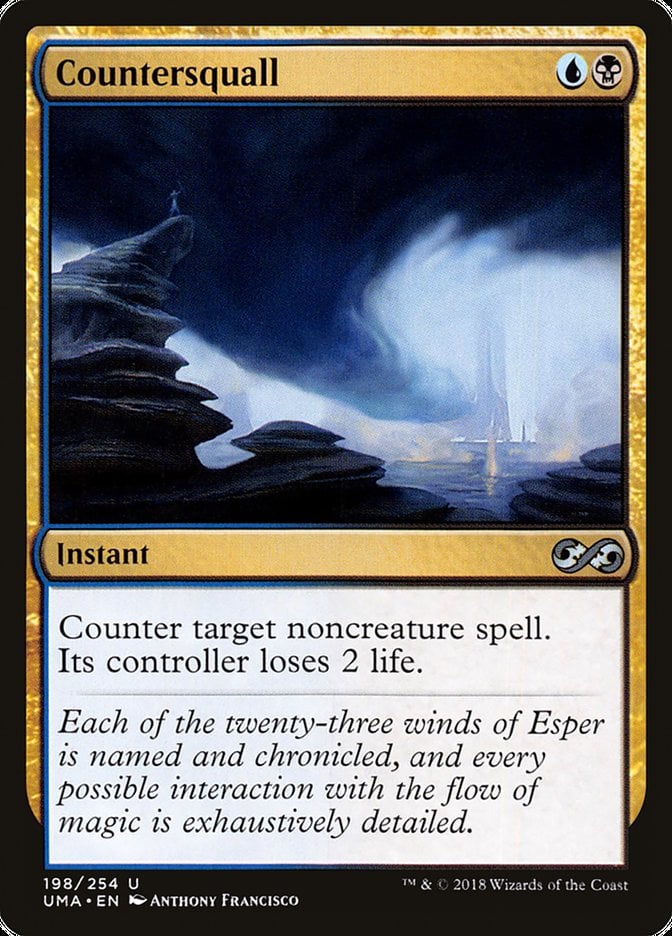

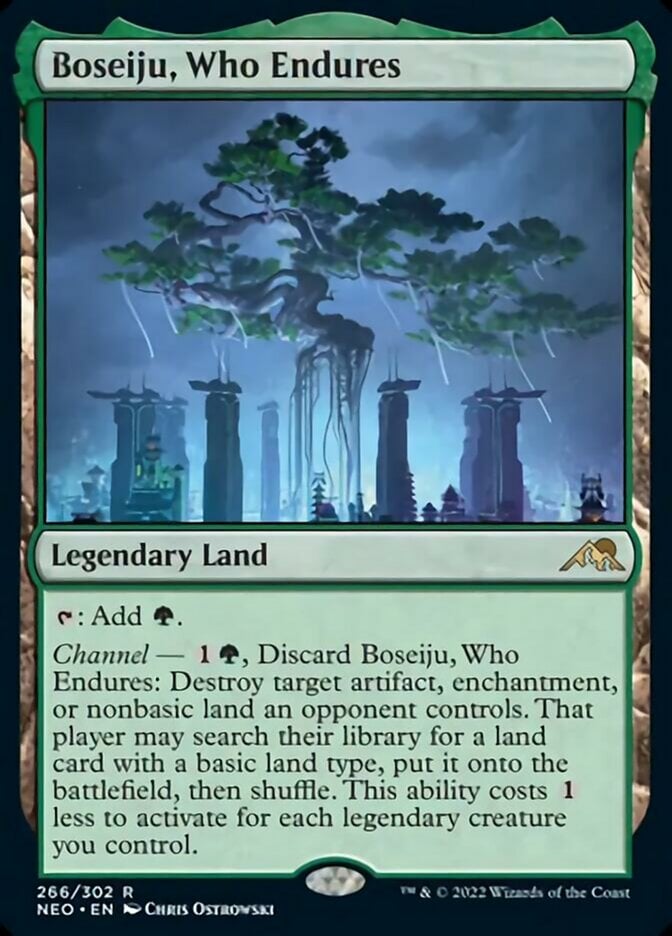
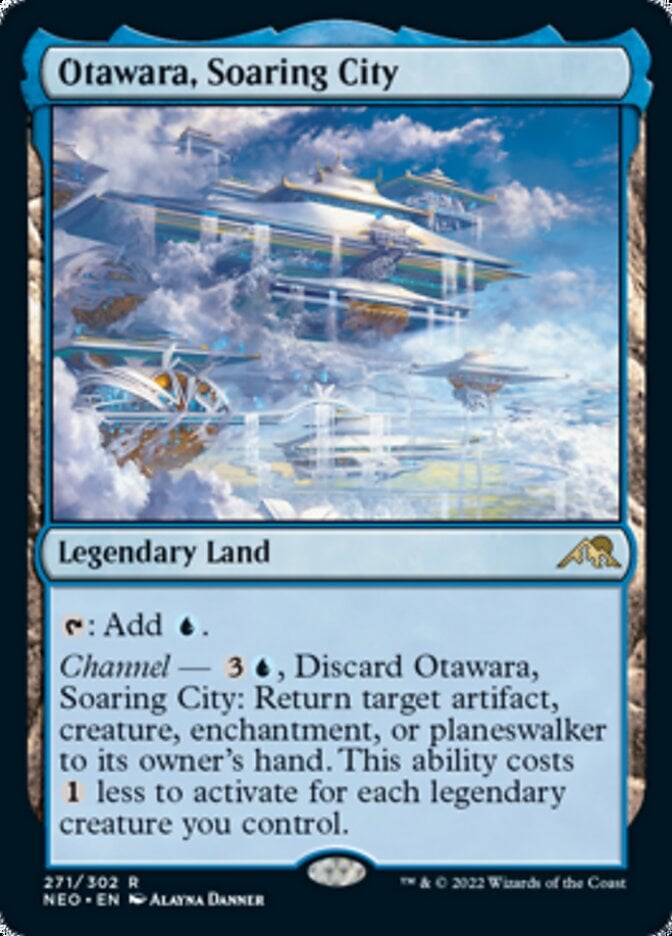
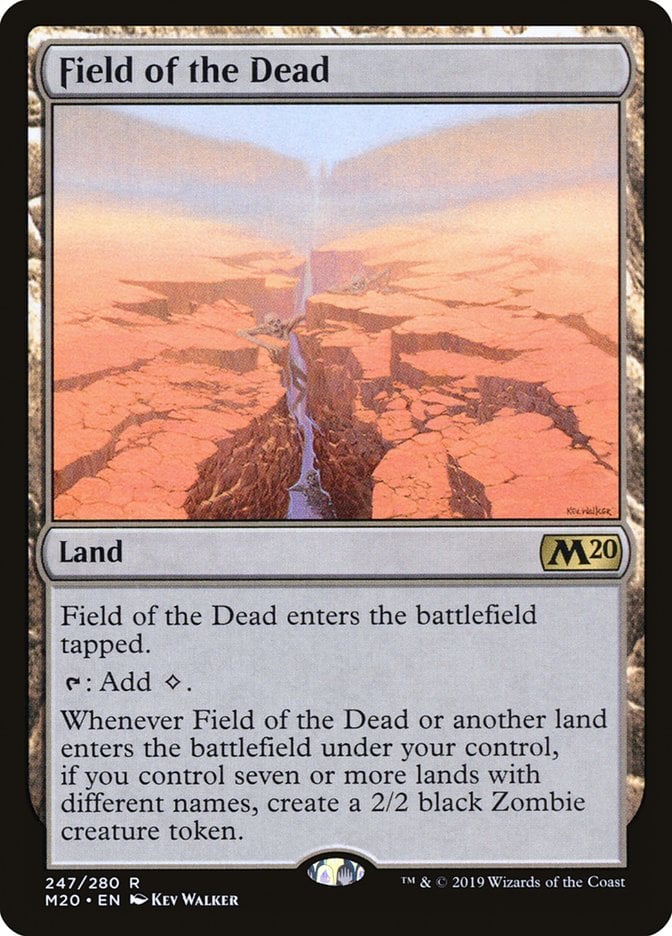
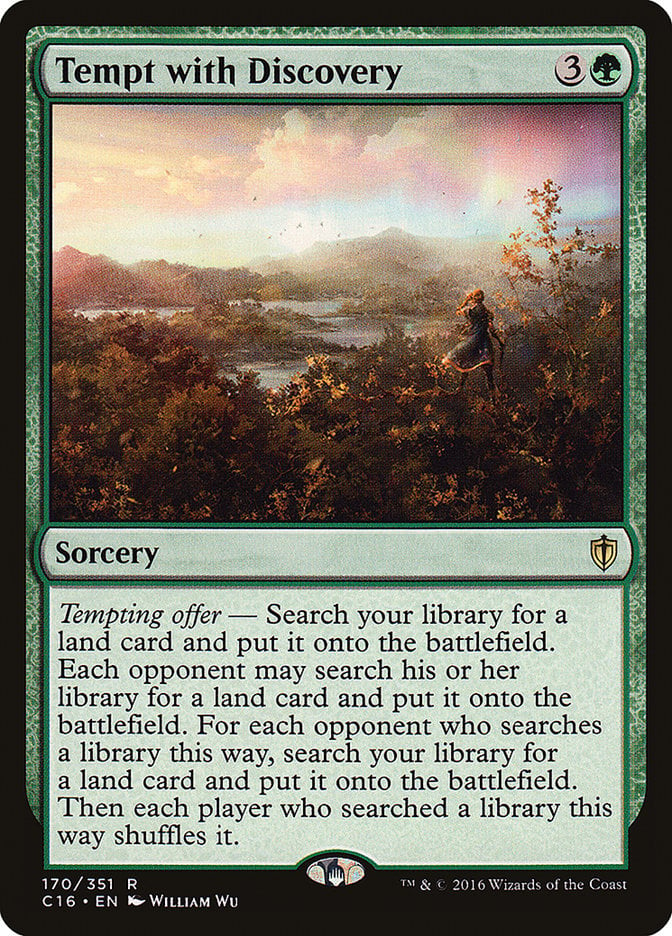


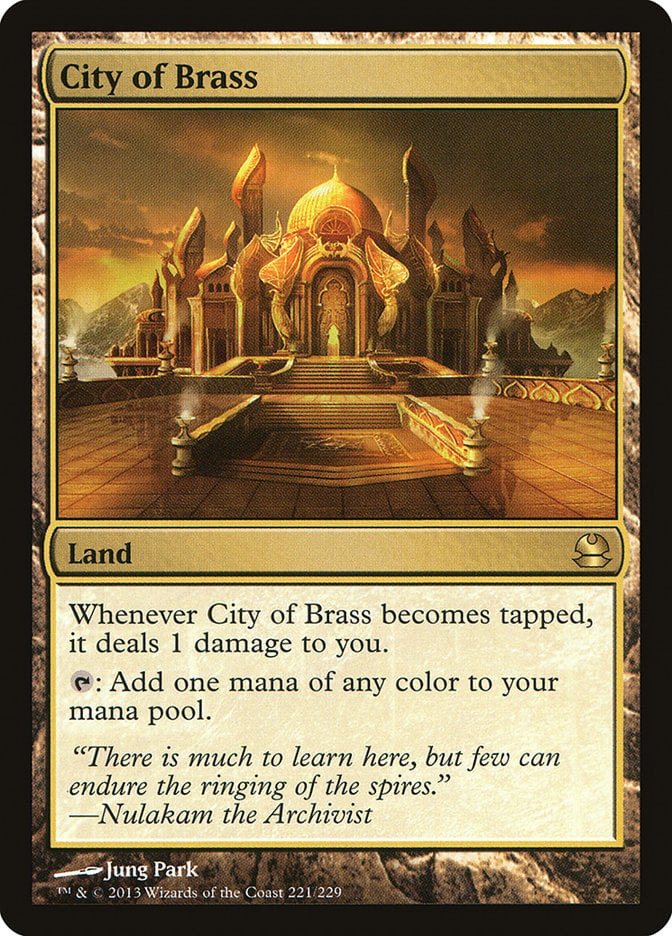
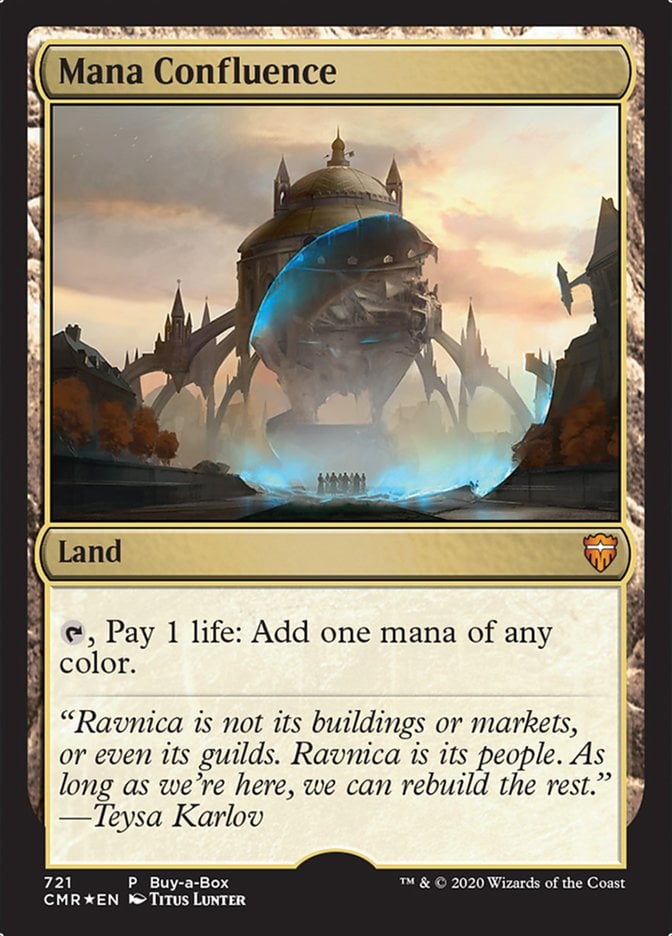



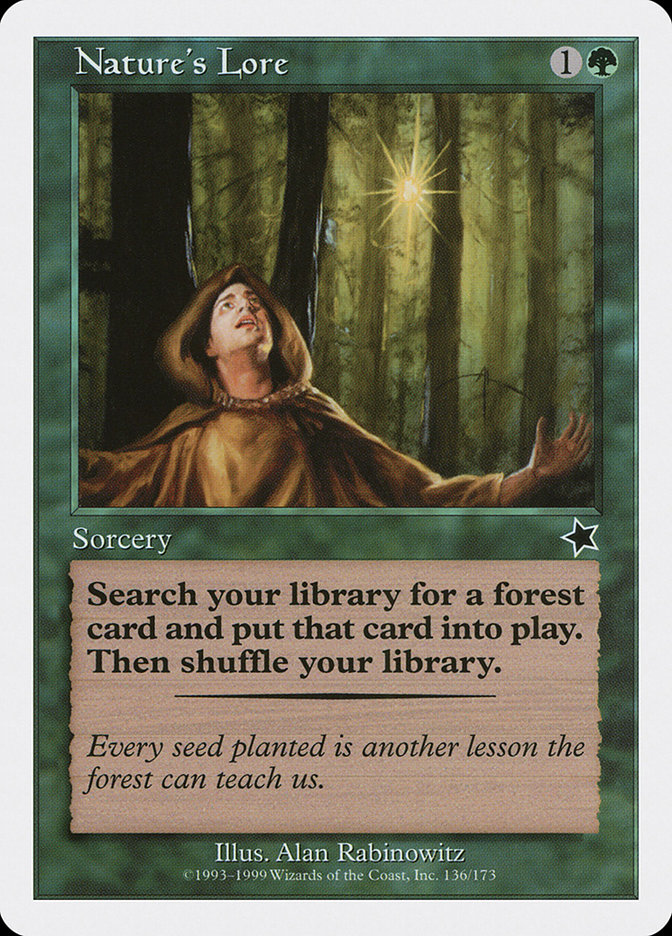
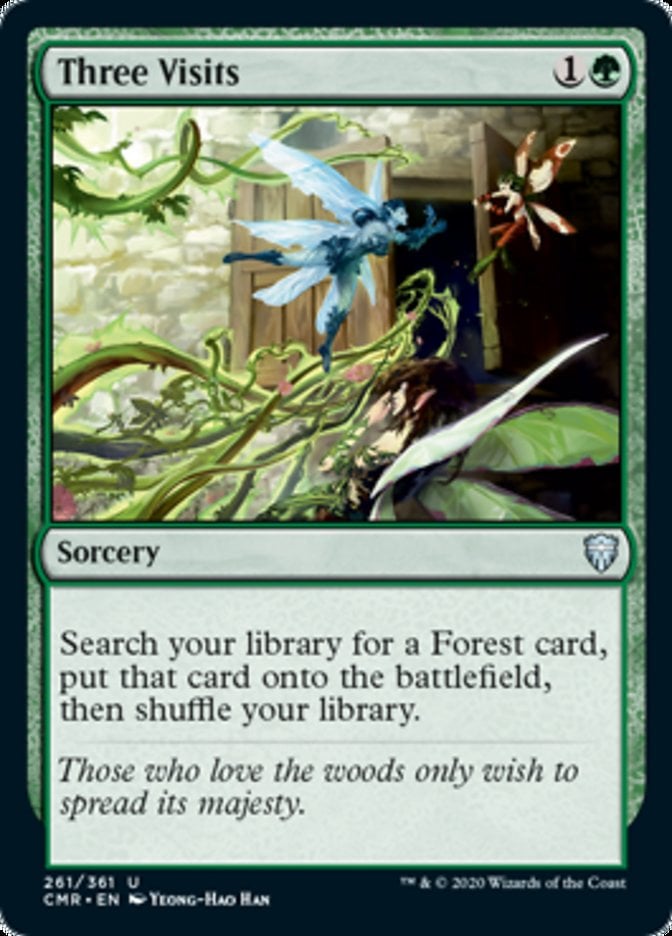


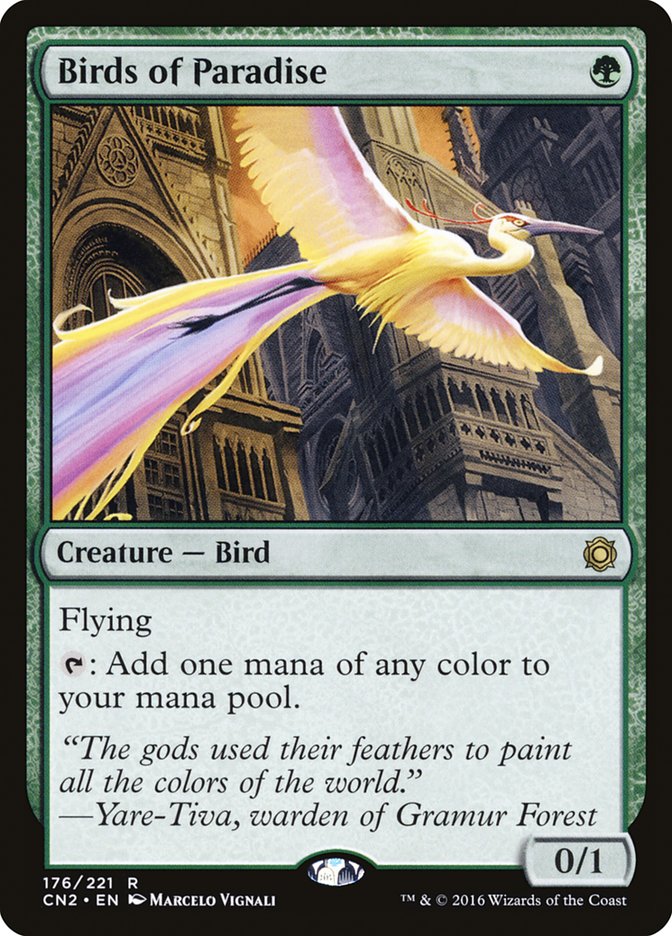
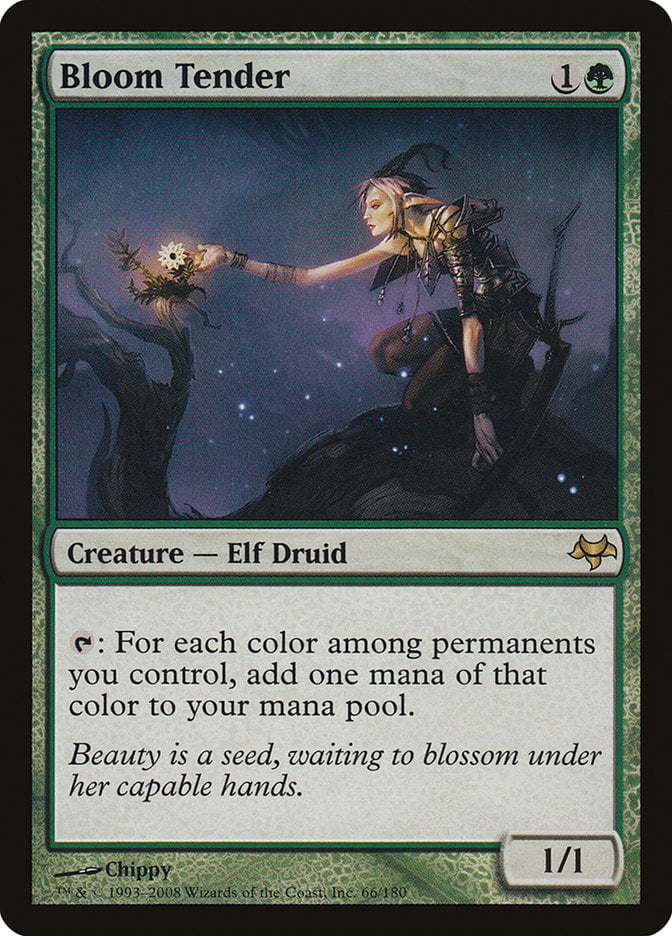
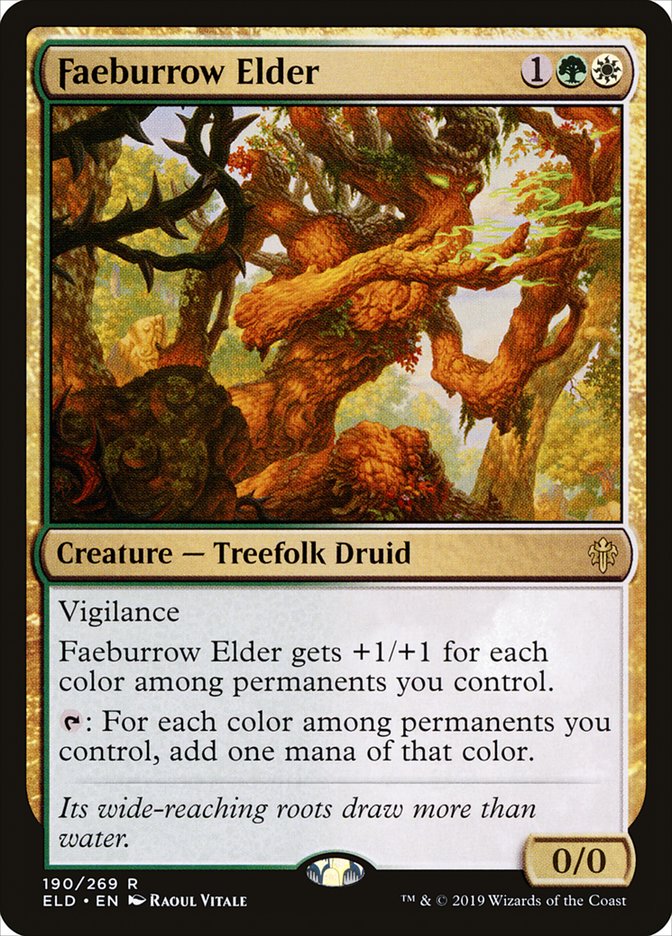
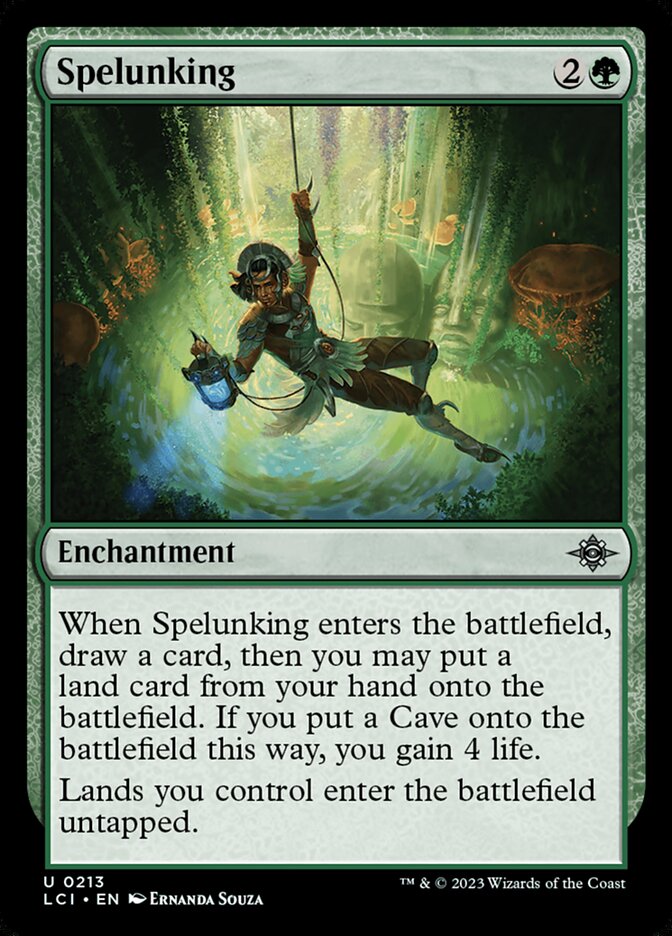

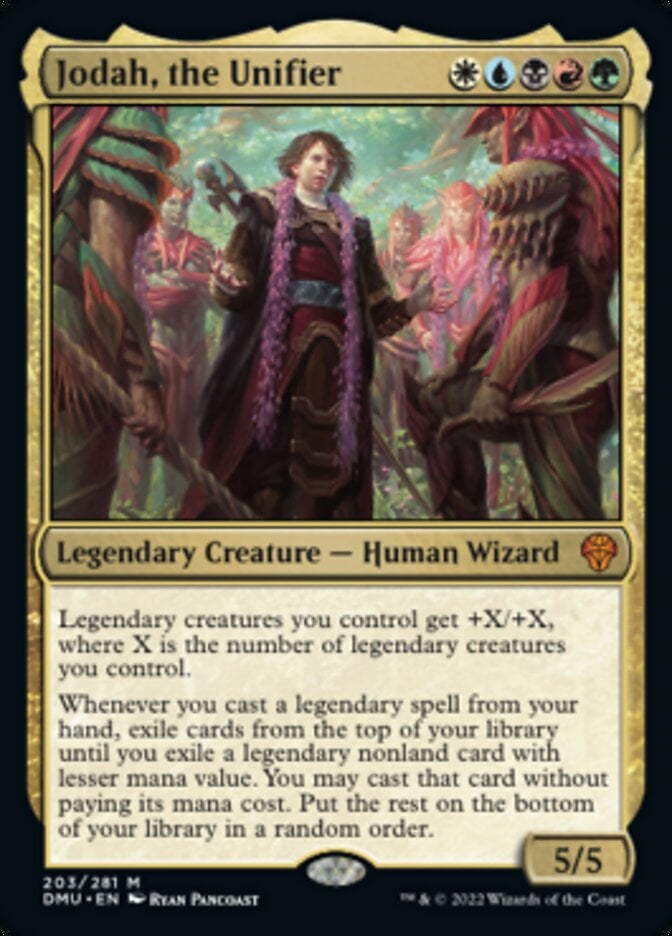
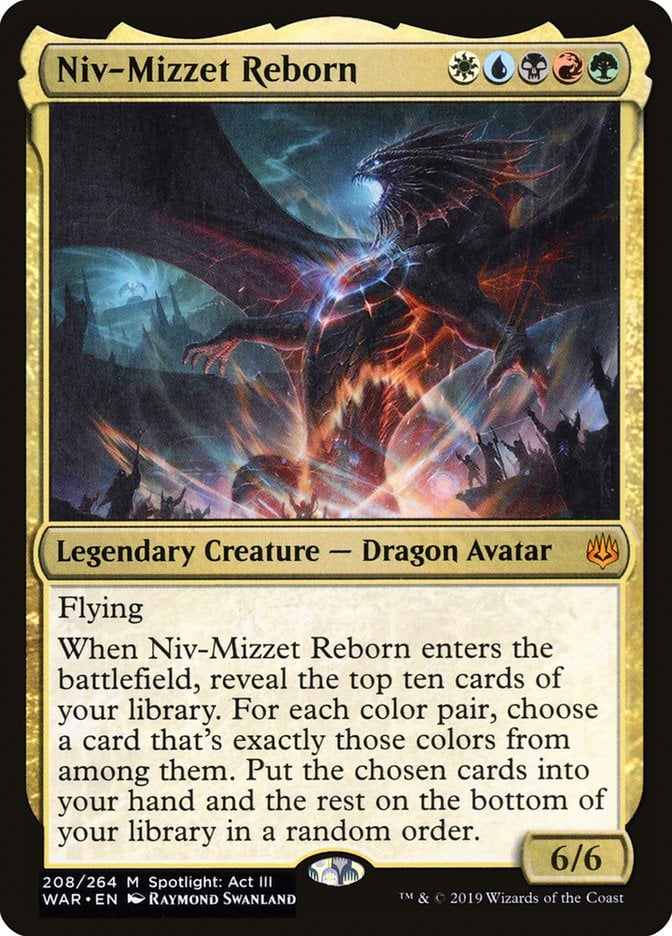

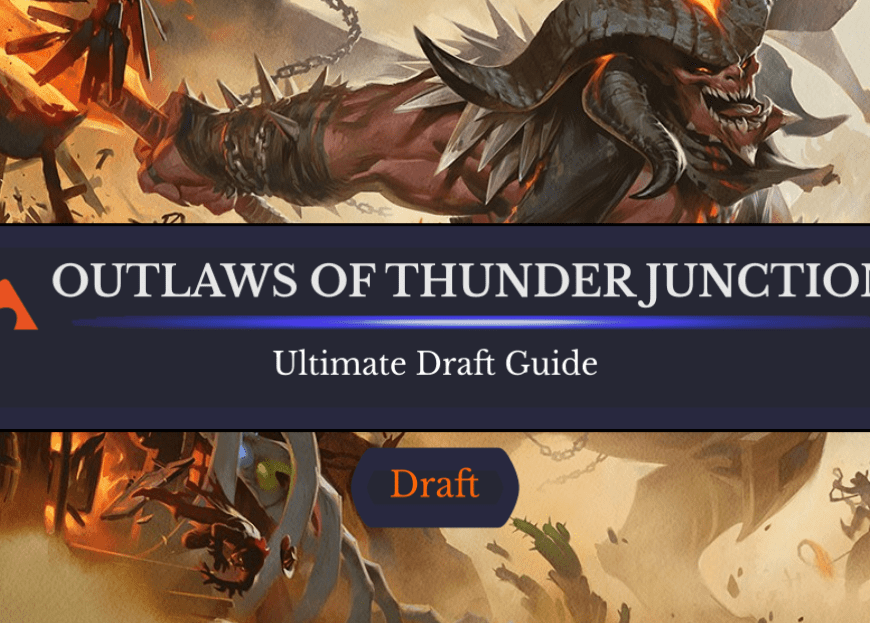
Add Comment